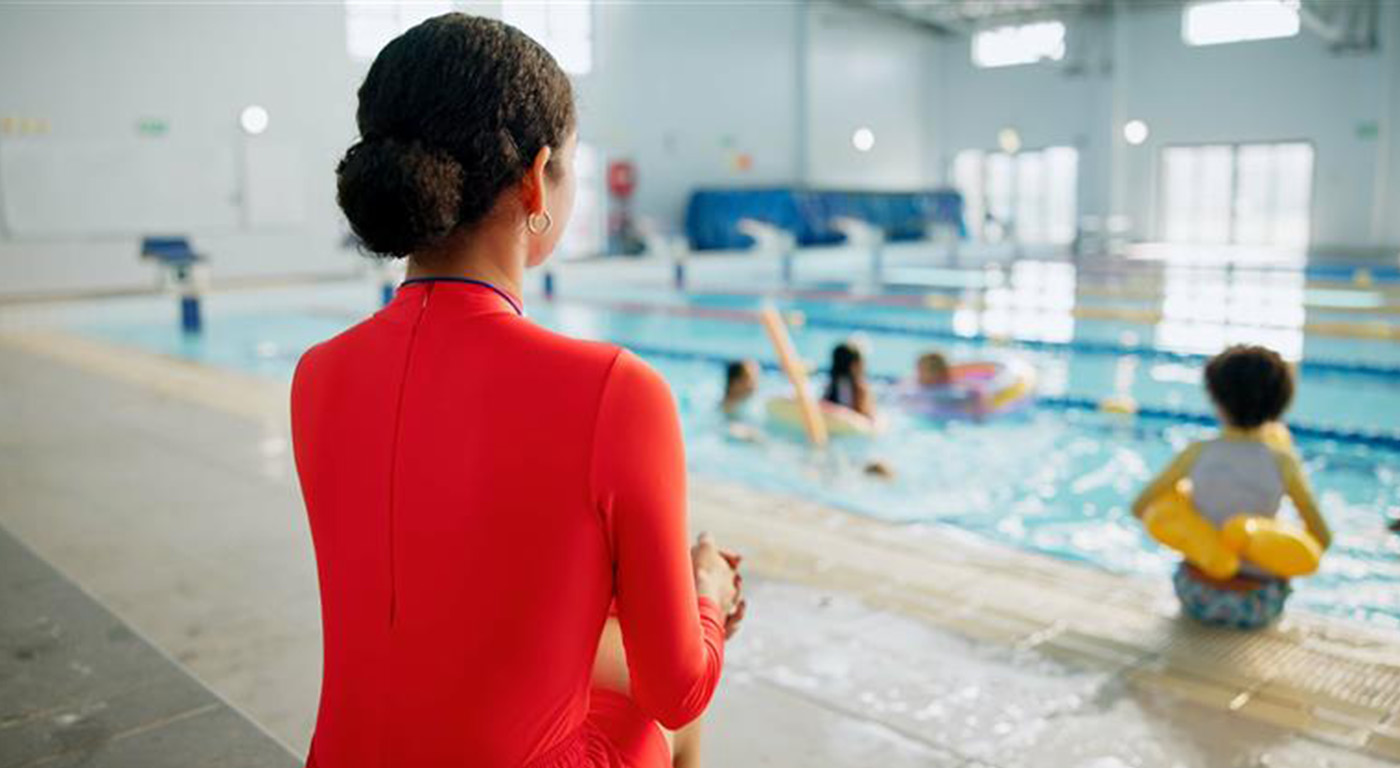“Your child is never safe around water. Vigilance and a proactive approach are crucial to prevent drowning, particularly in summer months when the danger of drowning increases,” says Professor Feroza Motara, head of emergency medicine at the University of the Witwatersrand.
“Drowning is silent, and can occur within seconds, without any warning signs. The risk is present around any water, including baths, swimming pools, and small inflatable pools. Children must be watched every moment they are near water, and this task must never be delegated to others, including older children or distracted adults, as disaster can strike instantly. Every lapse in supervision is a potential tragedy; vigilance cannot be compromised,” she cautions.
“It is particularly dangerous to consume alcohol or socialise when supervising children near water. Just one lapse in attention may result in serious, life-threatening consequences, especially when more than one small child is present. Every distraction creates a risk. Never allow anything to divert your focus when children are in or near water,” she warns.
Your go-to guide for child water safety
- Never leave children unattended near water and stay within arm’s length of all children around water.
- Never consume alcohol and avoid distractions like phones, reading, or long conversations while children are in or near water.
- Don’t forget everyday risks, including toilets, bathtubs, water features, fish tanks, pet water bowls and buckets. Children can drown wherever there is access to water, and a baby can drown in as little as 5cm of water.
- Learn lifesaving skills, including swimming and cardiopulmonary resuscitation (CPR).
- Install a four-sided isolation fence at least 1.2m high with a self-closing and self-latching gate to control access to bodies of water. Consider installing water alarms, such as a floating pool alarm or external security beams, to complement the precautions of fencing and supervision.
- Don’t forget to replace the pool safety cover immediately after swimming.
- Don’t rely on armbands, floating toys, inner tubes, or other devices to keep children safe.
- Teach children to swim but never leave them unsupervised around water.
- Children must avoid pool or jacuzzi drains as hair or limbs can become trapped in the suction.
- Know who to call in an emergency. Be prepared for any medical emergency.
Mande Toubkin, Netcare’s general manager of emergency and trauma, encourages everyone to learn basic first aid and CPR.
“Complacency is a major risk factor when we are having fun, and adults can also benefit from a refresher on injury and drowning prevention around water,” she points out.
Basic CPR technique
- Shout for help.
- Loudly call the person’s name. If the person is not showing signs of life and not breathing, start hands-on CPR.
- Ensure someone has called the emergency services, such as Netcare 911 on 082 911 or via the Netcare app. The Netcare 911 call Centre will assist you in doing CPR.
- Do not put the person in a car and rush them to the hospital; it wastes valuable time not doing CPR.
- With the patient on a firm, flat surface, kneel beside the person.
For adult patients: Interlace your fingers and pump hard and fast in the centre of the chest using both hands. For adults, hands-only CPR may be used.
For child patients: Place one hand in the centre of the chest and begin single-handed chest compressions, hard and fast. After 30 compressions, tilt the head back and give two rescue breaths into the child’s mouth, one second each.
For babies: Use only two fingers for chest compressions, depressing the chest at approximately 3.5cm. After 30 compressions, tilt the head back and give two rescue breaths of one second each, allowing the previous air to escape before providing the next.
6. Repeat chest compressions, allowing the chest to rise between each compression.
7. Continue hands-only CPR until help arrives, or the patient becomes responsive or shows signs of life, such as breathing or coughing.
Words: MNA on behalf of Netcare
Photography: Shutterstock




